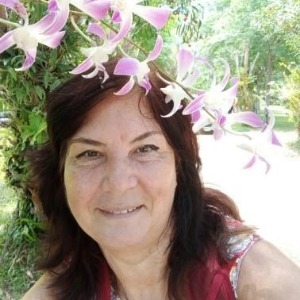Title : Myxosporean fauna of East Sea marine fishes off the coast of Vietnam
Abstract:
In 2018-2023, we examined in East Sea of Vietnam total 1297 fish specimens for myxosporean infections, including 638 specimens of 7 fish species of the Mugilidae family and 659 specimens of 40 fish species belonging to 21 families. Four myxosporean species were described based on materials collected by Chinh Nguyen from Hanoi. All our studies were conducted during 1-2 months of each year in Nha Trang. Three long-distance expeditions were also carried out: to the north (in 2021 – Quy Nhon, Da Nang, Hue, Dong Hoi) and south (in 2022 – Phan Rang, Phan Thiet, Mui Ne, Vung Tau), (in 2023 – Ha Tien, Phu Quoc Island). A total of 53 representatives of myxosporeans of 11 genera were found, including 19 Myxobolus, 18 Kudoa, 6 Ceratomyxa, 2 Ellipsomyxa and Zschokkella, and 1 in each genus of Ortholinea, Chloromyxum, Sigmomyxa, Auerbachia, Unicapsula and Henneguya. Only 13 species were identified using morphological and molecular genetic data. 7 species were found in mullets: Myxobolus spinacurvatura in Mugil cephalus; Ellipsomyxa gordeyi in Planiliza melinoptera, P. subviridis, Planiliza sp. D and M. cephalus; Kudoa dicentrarchi in Planiliza sp. D, Crenimugil seheli, Osteomugil perusii, O. cunnesius, P. melinoptera, and M. cephalus; Kudoa igori in O. cunnesius; K. borimiri in O. perusii, O. cunnesius, P. melinoptera and Planiliza sp. D.; K. bora in Mugil cephalus; K. surabayaensis-like sp. in Mugilidae gen sp. 3 members of the genera Henneguya, Zschokkella and Kudoa have also been described but not identified. In fish of other families, 6 species are described – Kudoa monodactyli in Monodactylus argenteus; K. thyrsites in Decapterus russeli, K. whippsi in Abudefdus vaigiensis; K. javaensis in Atule mate; Ceratomyxa binhthuanensis in Epinephelus fasciatus, Auerbachia chakravartyi in Negalaspis cordila and 1 unidentified representative of the genus Unicapsula in Nemipterus japonicus. Thus, out of 16 known in Vietnam marine fish identified species to date, we have described 13, i.e. 81% of the fauna. Myxosporeans were found in the gall bladder, intestine, muscles, gills, oesophagus and pharynx. In each species of mullet fish, from 1 to 6 species of myxosporeans were found, sometimes 3 species simultaneously in one fish, and sometimes even in one organ (gall bladder) or tissue (muscles). The prevalence of myxosporean invasion in mullets varied from 4 to 78% for different species. The number of Myxobolus cysts ranged from 1 to 104 in one fish. Each fish species of other families usually contained 1, sometimes 2 myxosporean species. The prevalence of myxosporean invasion in these fish ranged from 10 to 70% depending on the parasite species. The number of Kudoa cysts ranged from 1 to 9 in one fish. Of all the myxosporean species, only 2 are of practical interest for fisheries and mariculture. These are Kudoa thyrsites in Decapterus russeli, found in 36% of fish with an intensity of one to tens of spores in a smear in the absence of histolysis in muscles, and Kudoa bora in the mullet Planiliza sp. D in the form of white cysts in the muscles of fish and the wall of the pharynx and oesophagus, found in 3% of fish in the form of 10 muscle cysts, 2 cysts in the pharynx and 1 on the esophagus. Since the size of the cysts was quite large and clearly visible (1.2 - 2.0 mm), this spoiled the commercial appearance of fish products.
Part of the work carried out by V. M. Yurakhno was supported within the framework of IBSS state research assignment “Biodiversity as the basis for the sustainable functioning of marine ecosystems, criteria and scientific principles for its conservation” (No. 124022400148-4) (Russian Federation) and with Vo Thi Ha within the topic of the Joint Russian-Vietnamese Tropical Research and Technology Center (ECOLAN E-3) “Conservation, restoration and sustainable use of marine coastal ecosystems based on the study of their structural and functional organization” (Russian Federation and Vietnam). Work carried out by Ch. M. Whipps at ESF was supported in part by the SUNY Center for Applied Microbiology (USA).



